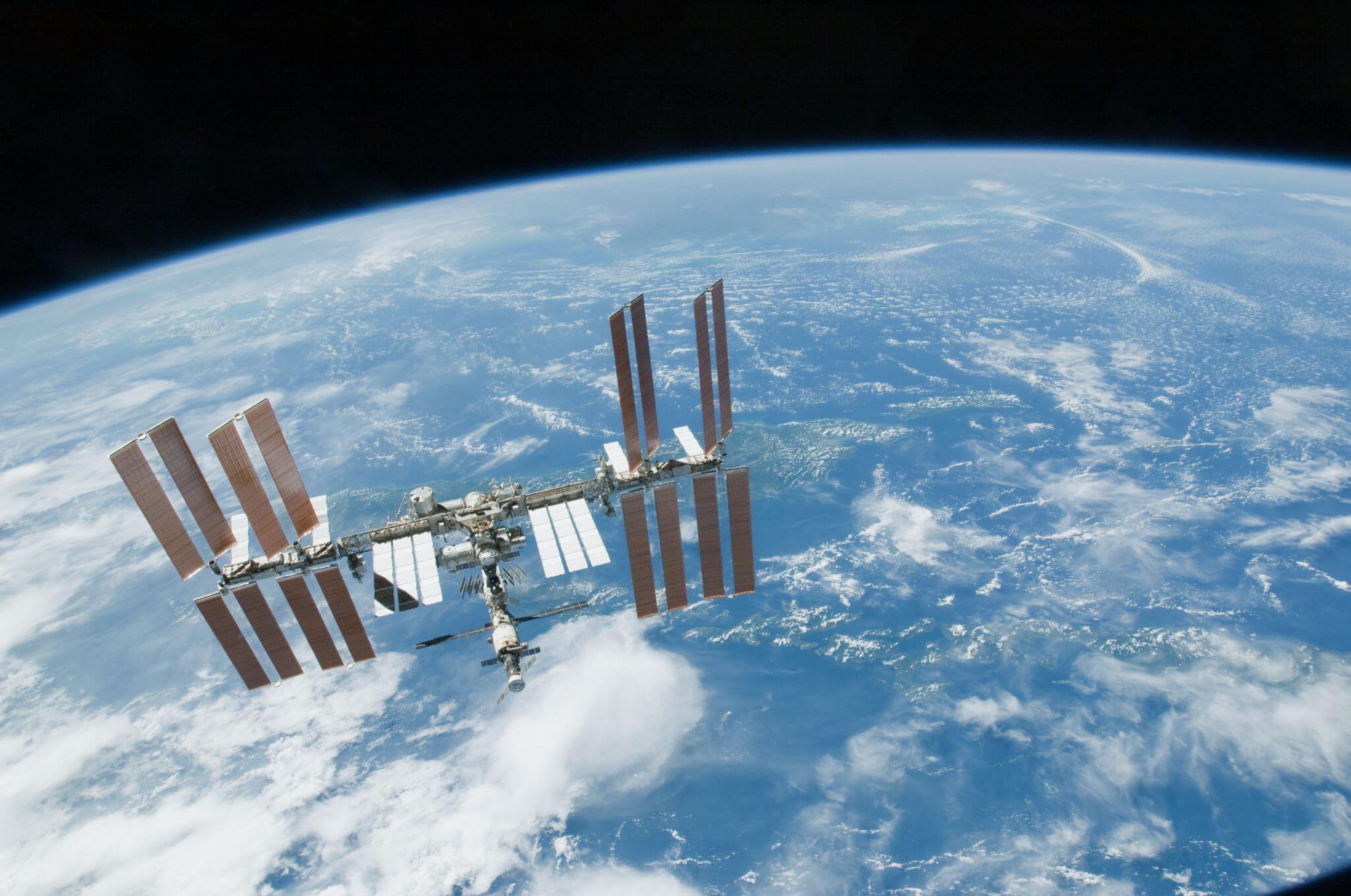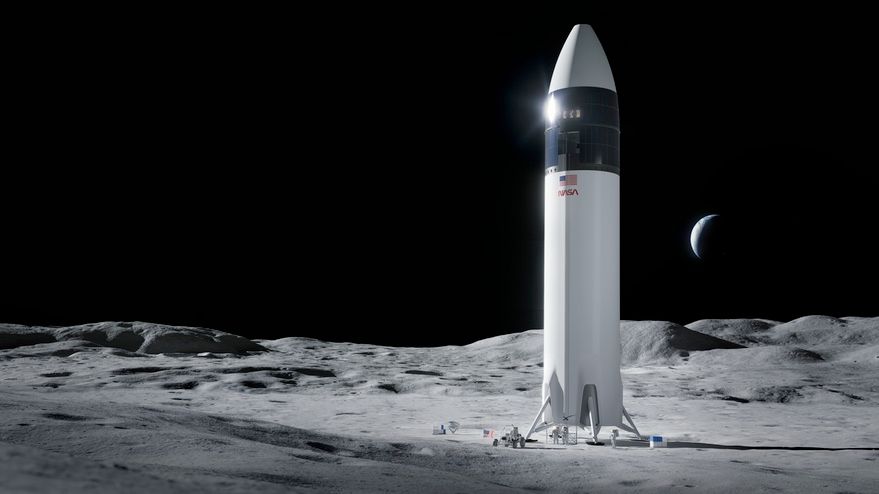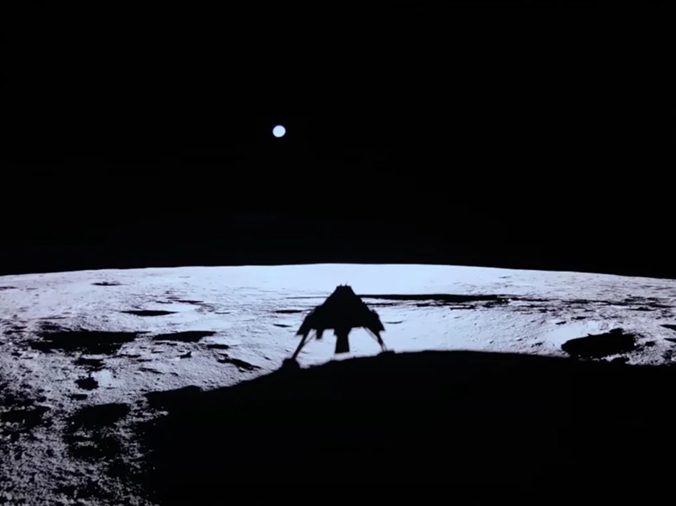IAC 2016 Guadalaraja: Mars missions and new rockets feature… and so does the rain
The annual meeting of the World’s space agencies, engineers and scientists at the 67th International Astronautical Congress (IAC) took place in Guadalajara, Mexico, during late September 2016. While Mexico’s space programme is still nascent, this civilised Mexican city is driven by a growing technology business, some of which is involved in space. It is not for nothing that it is known as the Mexican Silicon Valley and this was noted by the outgoing President of the International Astronautical Federation, Kiyoshi Higuchi, in his opening address.
The opening ceremony’s (thankfully) relatively short official speeches, by the Mexican Minister of Transport, Gerardo Ruiz Esparza (standing in for Mexico’s President Nieto), and the Head of Mexico’s Space Agency, Francisco Javier Mendieto Jimenez, were helped along by performances of traditional Mexican dances and a set piece which included a dangling space man.
The IAF main business: Choosing follow-on venues and inaugurating their new El Presidente
The IAF’s business during the Congress was to change its own leadership with the newly elected President, Jean-Yves Le Gall, taking up the reins following his controversial election. As head of the French space agency, CNES, and a former head of Arianespace, Le Gall is eminently qualified. However, originally it was expected that the former Director General of the European Space Agency, Jean-Jacques Dordain, would be chosen. He was mysteriously sidelined after losing the support of the French government.
With respect to other one-horse races, the choice of city to hold the 2019 IAC was limited to one: Washington DC. While the bid was reported to be (thankfully) an excellent one, it was surprising to see no competing cities. The event is, at least, likely to well attended. While IAC 2016 Guadalajara attracted more than 3,000 delegates, there are growing doubts about how many will go to the IAC 2017 in Adelaide, South Australia, given its relative remoteness. However, IAC 2018 in Bremen, West Germany, is more certain to have a full house and an extensive exhibition.
Head of Space Agencies Plenary: Moon lander is wanted but who will pay for it?
The first plenary session was headed up by the space agency leaders, who publically logged their own agency’s achievements and set out their plans for the following year.
Charles Bolden, Administrator of NASA, reported his satisfaction with the advanced state of development of the SLS heavy-lift launch vehicle. He also noted that some 18,000 people had applied to become astronauts via the upcoming training class.
Igor Komarov, Head of Roscosmos, said that Russia had a newly operational cosmodrome at Vostochny. Now that Russia’s plans for a heavy-lift launch vehicle are delayed for financial reasons, he also suggested that there should be a joint international mission to land on the Moon. Bolden said he would gladly put NASA’s own astronauts on the Moon with a lunar lander, but implied that this would be so long as someone else paid for it. So will ESA, Roscosmos and other agencies fund it? “Maybe”, according to Jan Woerner in a later conversation.
Woerner, ESA’s Director General, had earlier paid tribute to the ESA/DLR Rosetta/Philae cometary mission and explained that the reason the Philae lander had stopped transmitting was that it fell into a shadowed area. He looked forward to the ExoMars mission.
Asteroid and lunar mineral prospecting made an appearance in several of the IAC 2016 technical sessions, and Woerner reported that a survey had shown that 81% of the European public were in favour of exploiting space for natural resources.
Bolden paid tribute to India’s recent Mars mission. Receiving this plaudit was S. Somanath, who heads ISRO’s propulsion effort. He also noted India’s planned Chandrayaan 2 lunar rover mission.
The Chinese National Space Administration (CNSA) was represented by its Vice Administrator, Wu Yanhua. He explained the running order for its upcoming, unmanned Chang’e mission series, including an attempt to land on the far side of the Moon with Chang’e 4 in 2018. He also noted that China was building a communications relay satellite to aid this and later manned missions, and mentioned that China was planning its own unmanned Mars mission for 2020.
JAXA’s President Naoki Okumura bemoaned the too-far-north location of its main launch site at Tanegashima (which does not benefit as much from the Earth’s spin for low inclination launches), but said that he was looking forward to the start of operations of Japan’s new H-3 rocket.
Musk stole everyone’s thunder with his Mars plan
This headlining plenary was followed, the next day, by an even bigger special event in which Elon Musk showed off his new Mars colonisation plan using a new super rocket and space liner. This “superstar” event was wildly oversubscribed, with queues starting about an hour beforehand.
However, it soon became apparent from the bizarre nature of some of the questions put to Musk that several non-space cognoscenti were asking them. He handled them in the manner of an irritated schoolmaster: No essay questions! Stick to the subject of space! etc.
NASA and its Lockheed Martin and Boeing supporters were not completely absent. In a separate special event Lockheed Martin presented its smaller-scale plan for Mars exploration while Boeing presented a similar plan in the technical sessions, but both felt a bit of a let-down next to SpaceX’s massive-scale master plan.
GNF and technical sessions: New rockets announced
Several Global Networking Forum (GNF) events took place, as well as the traditional technical presentations. As attendees soon became aware, it was impossible to be in three places at once.
During the GNF and technical talks, some new launch vehicle types were announced. Rob Morrison, President of Blue Origin, in an off-the-cuff remark, stated that his firm was working not just on the New Glenn series of rockets, but also on a very large launch vehicle called New Armstrong. While not disclosing the payload limit, it is expected to be in excess of that of the SLS Block 2. Meanwhile, at the other end of the scale, a new Chinese privately produced light launch rocket, the LandSpace LS-1, was announced (IAC-16 D.2.7.1). This 21 m long, 2 m diameter rocket uses four solid rocket stages to achieve a lifting capability of 400 kg to a 500 km sun-synchronous orbit. The rocket, based on “Long March” engine technology (which is presumed to mean Long March 11), is expected to fly before the end of 2017.
Given its signing of an unmanned mission contract with the United Nations, Sierra Nevada Corporation (SNC) was at the Congress in strength with a technical presentation (IAC-16 D2.3.1) and a major stand in the exhibition.
The Dream Chaser craft will be operated as an unmanned cargo craft as part of the CRS-2 International Space Station (ISS) resupply contract by NASA. However, with its cargo capability of 5.5 metric tons up (to the ISS), and 1.75 metric tons down (back to Earth), it is also offering to carry payloads on a commercial basis for governments, universities and companies via its Dream Chaser Global programme. The unmanned version of Dream Chaser carries a disposable cargo module.
SNC was keen to emphasise the advantages of its winged design (low g re-entries, ability to land on most airport runways within its 1000 km cross range capability etc). The first unmanned Dream Chaser will fly on a NASA demonstration mission in late 2019. The UN Office of Outer Space Affairs (UNOOSA) mission will be in 2021.
The firm eventually plans to fly Dream Chaser in its crewed spacecraft configuration, with a first flight in this condition in 2022. By the way, SNC’s Luciano Saccani explained that the Dream Chaser had a metal skid rather than a front wheel for volumetric and thermal protection reasons.
During the launch vehicle technical sessions, there was some evidence that Europe, China and Japan were taking reusability seriously. For example, IAC-16 D.2.5.1 covered the efforts of the French Space Agency CNES via its Callisto stage demonstrator and LOx (Liquid oxygen)/hydrocarbon engine development programme.
On more conventional rockets, there were several technical sessions (too many?) devoted to the upcoming Ariane 6, while JAXA noted (IAC-16 D2.1.4) a recent upgrade to the H-IIA rocket. This would allow it to make a third burn at the apogee of a geosynchronous transfer orbit, effectively relieving a satellite payload from having to do this. Expendable though it might be, Japan’s longer-term hopes lie with its H-3 rocket, which it hopes will compete with the likes of the Falcon 9.
Having already had a major GNF presentation by George Whitesides, the paper IAC-16 D2.7.1 Virgin Galactic reported that plans to air-launch its LOx/RPI Kerosene two-stage LauncherOne rocket from a converted Boeing 747-400 were well advanced, noting that different launch ranges would allow a full range of orbital inclinations to be achieved.
While the above presentations concentrated on launch vehicles, there were several other strands in lectures covering everything from asteroid mining to astronaut psychology, and space debris removal to hypersonic transport engines. Long-range exploration using very small satellites had a prominent place – especially since NASA’s SLS rocket is being rigged to carry 13 6U cubesat spacecraft.
During one GNF session, OneWeb supremo Greg Wyler explained his concept for a 900-satellite constellation, stating that low latency (signal delay) was the key to quality. He also noted that one reason his firm did not want to use Iridium-style inter-satellite links, choosing a multiple ground station approach instead, was that some countries (i.e. China) wanted the power to censor the internet in their own nation states.
A stimulating paper – IAC-16 D2.3.1 – was delivered by James D. Burke, of The Planetary Society, and Chris Welch, of the International Space University. Their idea is to turn the ISS – or rather some of its modules – into an Earth-Moon cycler. While this was just at the conceptual stage, there appeared to be some merit behind the plan.
The Venue and Exhibition: not enough food at the reception
The venue for the Congress was the Guadalajara Expo centre, which was pretty good – except that, although there were others hidden away, the main block of toilets was just too small to do the business for the 3,000 or so delegates who attended. The entertainment laid on included the traditional (free) opening night reception, and this year’s theme was a traditional Mexican fair. While much fun was had with lots of sideshows, dancing displays and even a wrestling match, and while there were plenty of drinks and sweet toffee apples to go around, the event was seriously marred by a lack of savoury food (the worst performance in this area since the IAC at Naples a few years ago).
This failure actually put off delegates from paying for tickets for later social events, including the final gala and a cultural evening, which was sad as, by all accounts, the latter included an orchestra, a mariachi band and good food. Another foul-up was that the events were under-advertised (there were no significant details on the IAC website). As such, the organisers suddenly found that they had lots of spare tickets, and to make sure of a full attendance, they gave a lot of these out free to the exhibitors.
The Exhibition: too much space (area) but not enough space (content)
The exhibition itself, while well laid out, was very much under-attended by space companies. Of the big players, only the main Congress sponsor, Lockheed Martin, was there (Boeing, Airbus etc were missing). The result was that in order to fill the hall, the organisers had to invite other aspects of aerospace to display their wares, including Mexican Navy drones and several helicopters operated by Mexico’s armed forces.
Despite some dodgy signage, there were enough good maps on display to get round the sessions very easily, although this was partly thanks to the session strands being mainly kept in the same rooms/halls. That part of the congress, was, at least well organised.
One major shortfall of the congress was a lack of tables in the main area to put leaflets and news releases on, and no traditional noticeboard to mark up meetings and announcements. However, there was at least an app for those that did not want to use the big conference book to get around, while the traditional CD-Rom, which has been done away with in favour of a website, at least had most of the talks and papers on it.
After the food shortage debacle at the reception, at least the hall had enough paid-for food stalls with some variety (not just Mexican food) – plus some free coffee and tea tables, and a few apples and cookies.
Not everyone had a stand to show off their wares – or needed one. Australian Peter Humphries, President of ASMS Inc, (who surely must be comedian Barry Humphries’ brother given his similar style) was showing off his idea for a replaceable workshop using portable 3-D virtual reality technology.
And jolly good it looked too. The idea was pretty good as well – but the hatch has to be very large to swap out the workshop floors with all that that would mean for pressurisation integrity.
The City
Guadalajara is a sprawling suburbia of a conurbation, yet at it heart is a small old town consisting of some very pretty squares. Dominating the skyline is the beautiful 16th century cathedral. Crime is less apparent than in other Mexican cities, and you mainly feel safe to walk around, although there are pickpockets, beggars and prostitutes about.
Taxis are very cheap, as is most of the (mainly good) food, but you had to watch out for expensive drinks being added to the bill (e.g. top-end Tequila). Some of the better restaurants had queues, especially when it was raining. And it rained quite a lot, with several journeys back involving cars “fording” the roads, now turned into shallow rivers.
By the way, for those student-types intent on dressing up as Mexicans with the much imitated fake moustaches and wide curly brimmed Sombreros for fancy dress parties (assuming they are still allowed to), actually real life Mexican chaps nowadays prefer a clean shaven look, and prefer to wear “Stetson-style” cowboy hats instead. Ah well, if you can’t beat the gringos, join them!
Summary: all-in-all a good event and it may even have been historic
The exhibition could have been better, as could some of the technical papers (the quality was definitely down this year). And while the reception was (partially) messed up and there was no notice board, all-in-all it was a successful congress. It may yet be remembered as a historic “Kennedy-class” one: at which Elon Musk announced his plan to get mankind onto Mars.






